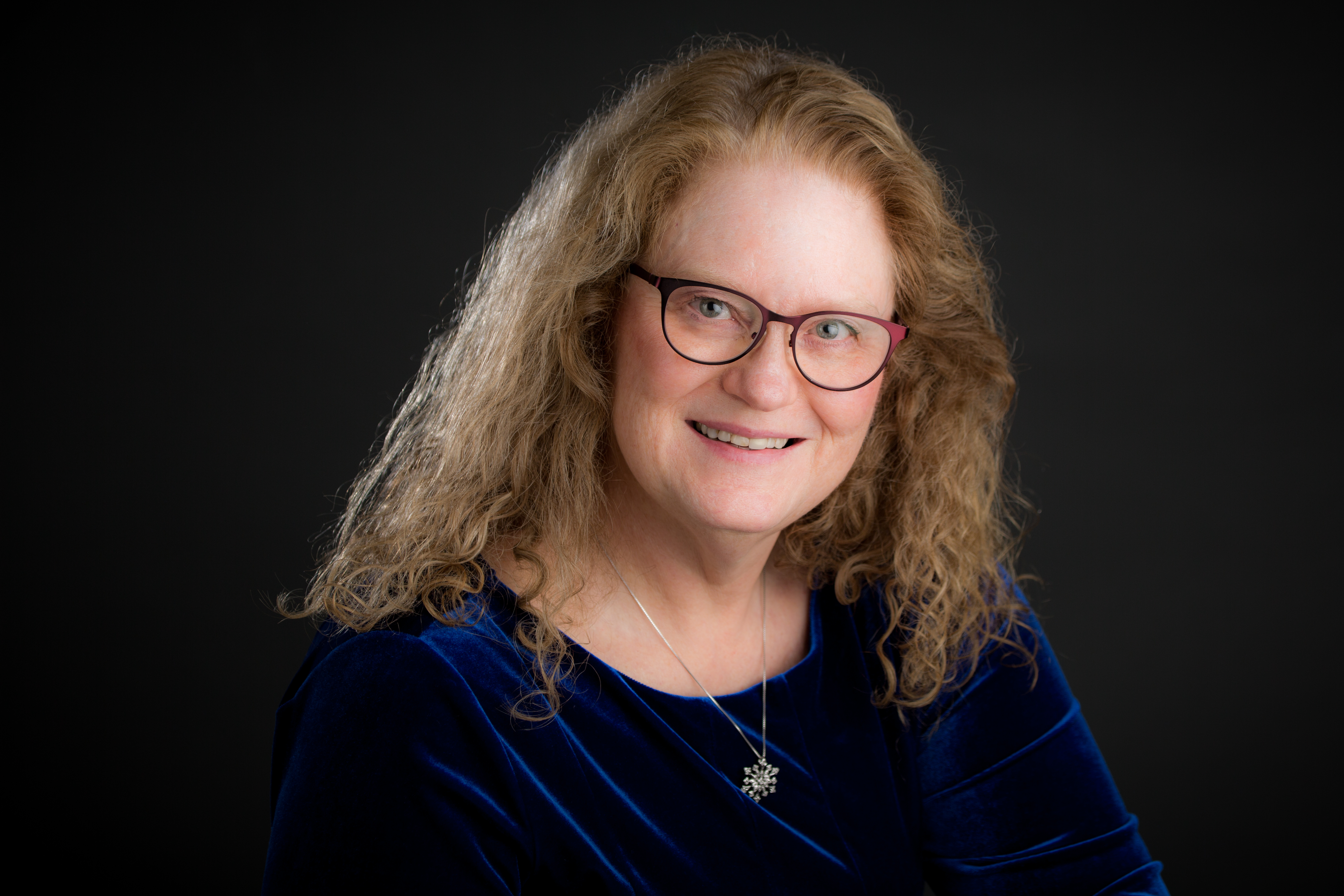Dementia Sucks

The title really says it all. Dementia sucks. This is more than a general observation. Like so many others, dementia has touched my family. According to the Alzheimer’s Association more than 6 million Americans have Alzheimer’s Disease, one form of dementia. 73% of them are age 75 or older. About 1 in 9 people age … [Read more…]
